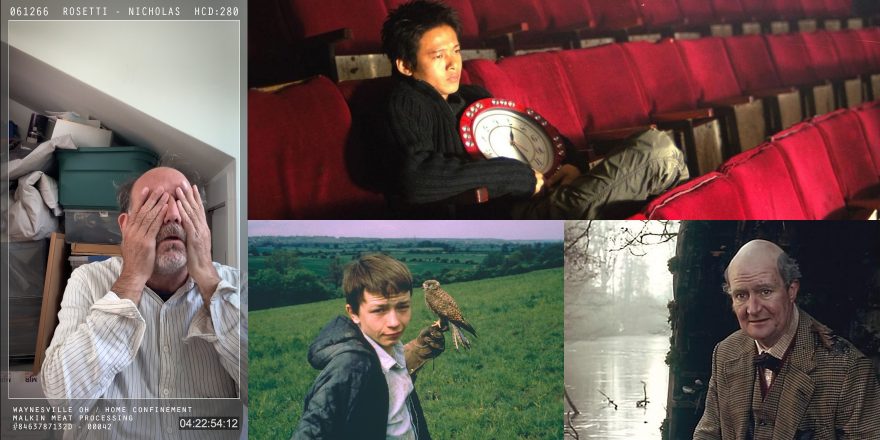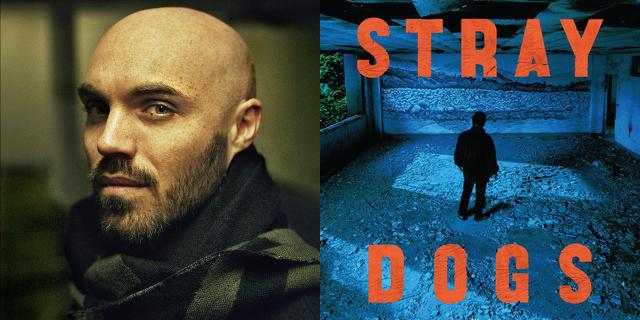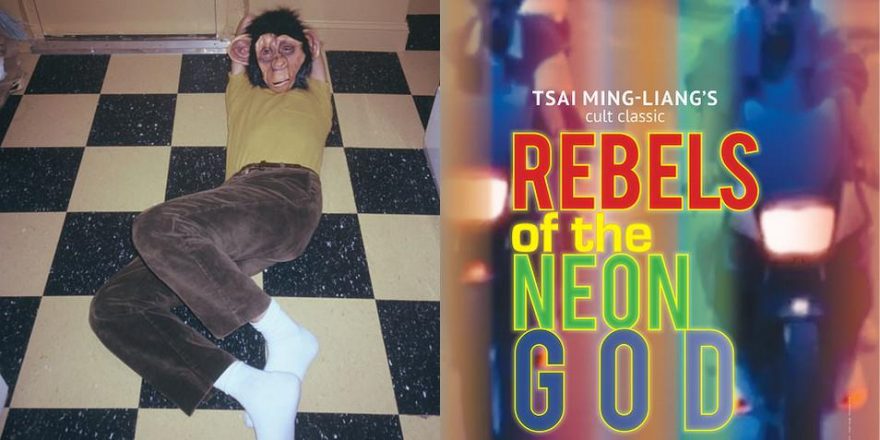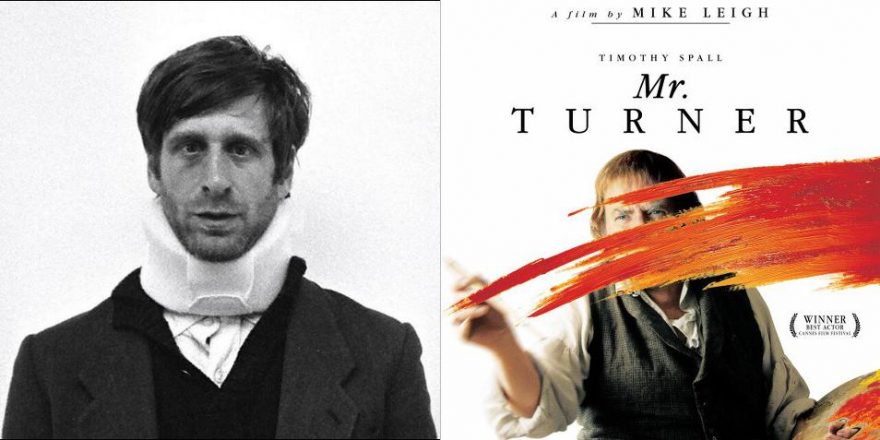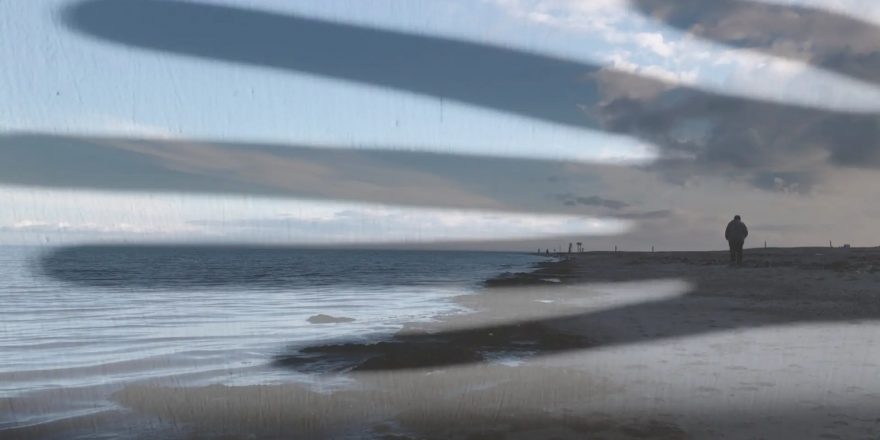Smack in the middle of our unprecedented global pandemic / unprecedented economic collapse / unprecedented climate emergency / let’s face it, fourth straight year of an unending parade of governmental scandal, corruption and preventable disasters, I started writing my short film #WaynesvilleStrong. Trapped by the absence of sets, crews, cast, equipment rentals, craft services, sanitized locations, financing or even a waiting market, I had to make it quickly with whatever scant materials and skills were at hand.
From the ether emerged Nico (Nick Sandow), a meatpacker quarantined in his Ohio basement, and with him the film’s scale, tone and framing emerged as well: a monologue (one actor), in a basement (one set), reaching out to the world through his computer (one camera). Yes, Nico was as confined as I was.
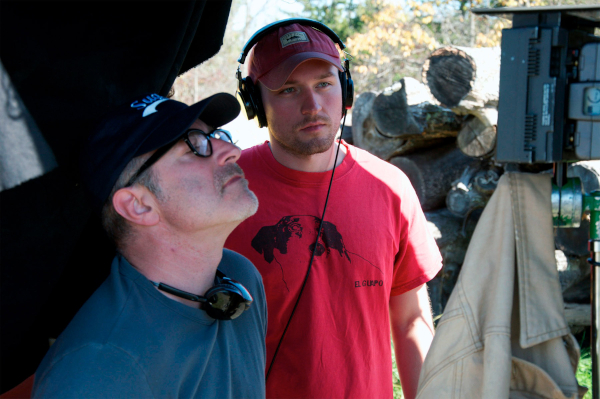
It went from an idea to a completed film in three weeks, with no time to question my impulses. But watching Nico now as he suffocates under an abusive government and dehumanizing economy, I’m not surprised to see the influence of English directors Ken Loach and Mike Leigh. I’ve found traces of them both in my films before — as an actor I even worked on a trio of films for Loach in the ’90s. What does surprise me is the overt influence of a director who on the surface seems galaxies away from these two — the Malaysian-born and Taipei-educated Tsai Ming-liang.
Looking back, I see how my script of #WaynesvilleStrong is clearly inspired by Leigh’s satirical short A Sense of History, a film I watch about once a year. Written and performed by frequent Leigh collaborator Jim Broadbent, the film is a tutorial on how a monologue can deftly dissect class, history, privilege and empire. Enshrined in the authoritative style of a classic BBC documentary, A Sense of History features Broadbent as the 23rd Earl of Leete, an aristocratic blowhard narrating a tour of his family’s largely stolen estate. Starting with the innocuous “We came over with William the Conqueror,” the faux-doc quickly descends into a tale of plunder, murder and denial, as Leete confesses to drowning his wife and children and tormenting his closeted gay brother to suicide, all in the name of preserving his family’s legacy.
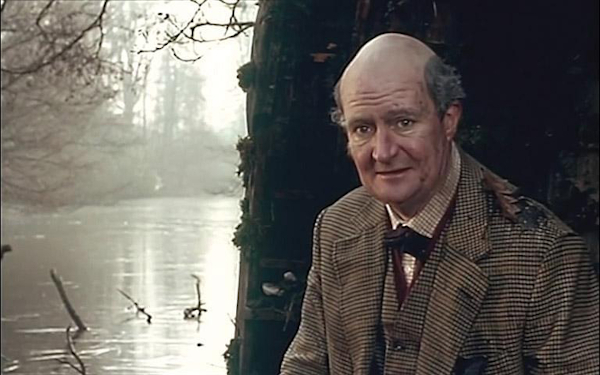
I came early to Loach and Leigh in my growth as a filmmaker, due to my obsession with Britain’s neorealism movement. Loach’s Kes, Cathy Come Home and Family Matters and Leigh’s The Grown Ups, Nuts in May and Abigail’s Party were pillars of low-budget sincerity to my little coterie of friends who couldn’t afford film school and instead spent stoned days in rep-houses and caffeinated nights waiting tables. Gritty, direct, and socially aware, they were humble chronicles of post-industrial working-class life. Where Loach offered solidarity and encouragement to his characters via blunt dissections of their economic struggle, Leigh lovingly chided them over their denial that such a struggle existed, often using a Monty Python-esque deadpan absurdity.
I came to Tsai much later. A review of my first feature, Spring Forward (2000), called me a director “clearly steeped in the Asian slow cinema movement” of filmmakers like Tsai Ming-liang, Hou Hsiao-hsien, and Kim Ki-duk. Rather than feeling praise, I felt panic; I’d never heard of these directors. My film was shot in sequence over the course of a year (I learned this method from Loach), chronicling the relationship of two parks workers in seven episodic scenes that unfolded like little one-act plays. My haphazard “film education” consisted of American independent and European New Wave films, “slow cinema” was Wenders, Antonioni, Tarkovsky and Tarr, and my knowledge of “Asian cinema” began and ended with Kurosawa. A deep dive into Asian cinema ensued.
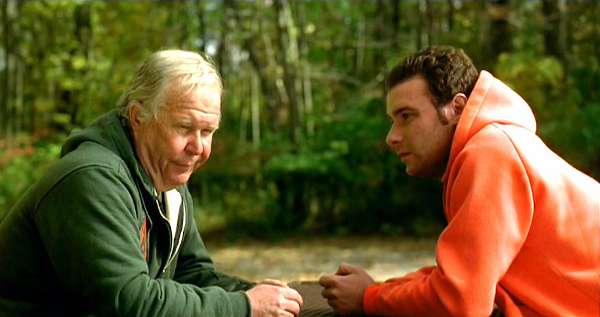
Other than a passing structural similarity of my film to Kim Ki-duk’s Spring, Summer, Fall, Winter… and Spring, I never really saw what the reviewer was getting at, but no matter. In my rush to fill the embarrassing void in my cinema knowledge, I came upon Palme d’Or winner What Time Is It There? and fell permanently under the time-bending, otherworldly spell of slow-cinema’s outlier king, Tsai Ming-liang.
Like Loach and Leigh, Tsai focuses almost exclusively on working-class characters struggling to survive on industrialism’s bottom rung. (His lead character is always played by Lee Kang-sheng, in what amounts to — at 14 features and counting — global cinema’s longest-running actor/director collaboration). But where Loach and Leigh console their characters within the familiar (and at times nostalgic) embrace of quotidian neorealism, Tsai’s everyman straddles an uncategorizable netherworld between realism and surrealism, the conscious and subconscious, and boredom and fantasy.
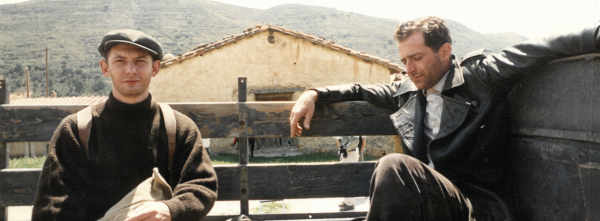
Loach and Leigh employ traditional edits and camera moves to create the feeling of real-time, but Tsai is the one who actually delivers it. Every Tsai scene consists of a single static shot without moves or edits — and can last anywhere from four to 20 minutes. Time literally stretches as Tsai chronicles not just the struggle of his everyman, but also the interminable, mundane waiting that frames it. His films feel less like cinema and more like a series of moving paintings — Edward Hopper comes to mind — or more accurately the tragicomic existential theatre of Samuel Beckett. Loach and Leigh give their characters solace by offering a shred of self-realization, but Tsai’s everyman wanders deeper into an inert void that is equal parts confusion, acceptance, catatonia, and punchline.
Back to my meatpacker Nico, quarantined in his Ohio basement for COVID-19 but also serving seven months under home detention for refusing to “maintain the homeland food supply” and go back to work at a third of his salary. He can’t interact with his ER nurse wife living upstairs, can’t explore the outside world without being arrested, and has no social interface other than his computer, which shows him a steady stream of nightmare scenarios of a country erupting. He’s basically us, with some minor fictional tweaks and some all-too-likely non-fictional dystopian predictions.
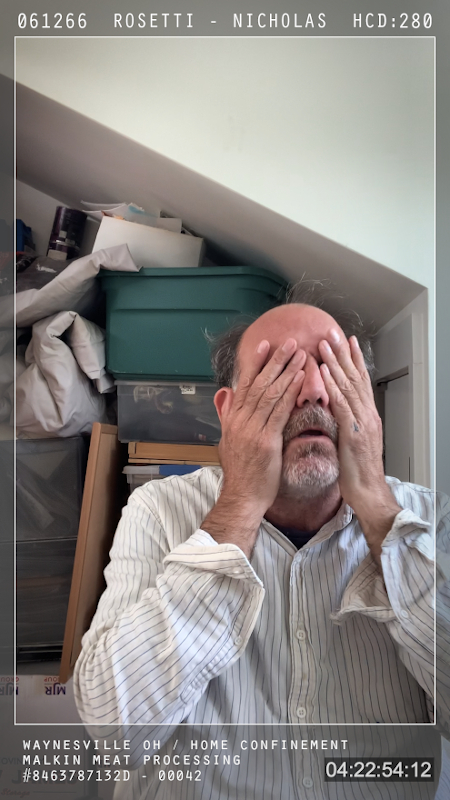
Nick Sandow and I agreed early on that the monologue had to be one 16-minute take without edits. It was the only way to build the necessary rise in tension while also conveying the boredom and frustration of waiting out the unknown. Rehearsing an actor in monologue via FaceTime on my laptop as he films himself on his iPhone can get complicated, so we were lucky to share a shorthand vocabulary developed back in our theatre company days. Like Loach, Leigh and Tsai, all my scripts are developed with actors.
Loach shoots in sequence and often doesn’t show the actors the script, choosing instead to give them the freedom to improvise and draw upon the deep character research they’ve done and to intuit from what’s already been shot. On set “directing” consists largely of Loach explaining what’s happening and asking you to say and do what you feel, asking you questions following the take. He never gives actors blocking or camera marks. If he wants you to find your light, he simply puts furniture in your way so your impulses organically deliver you to the place that’s best for the camera.
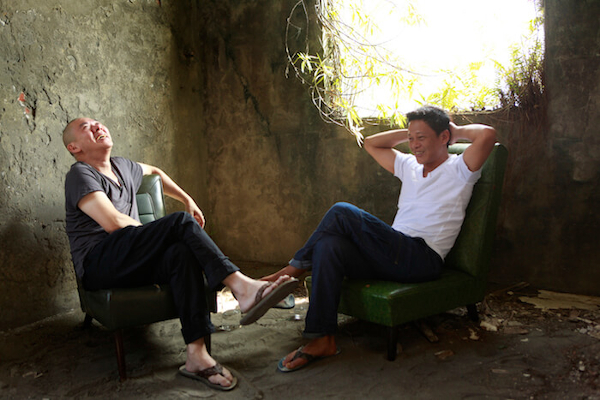
Leigh goes even further with actor input, developing his characters and stories over years of conversations and improv, finally arriving at a tight shooting script where no improvisation occurs on set. And Tsai and Lee Kang-sheng — more or less a theatre company of two — have arrived at an understanding so intuitive, Tsai claims he doesn’t even direct the actor anymore, let alone show him a “script.” He simply tells Lee the story, watches what his impulses are, and blocks him for camera, meticulously moving him around the frame. The end result are scenes that are at once low-fi and high-concept, intricately stylized while at the same time mundane.
Is it overthinking, thievery or just plain humblebrag to see in my short where these three directors interface? (Is this originality? is a subject for a whole other essay). The camera on Nico’s laptop never pans or moves, it’s just an Orwellian eye staring him down and waiting for him to deliver the behavior he thinks it wants. Every small shift or gesture within the tight, restrictive frame communicates volumes. Like Nico, I was trapped by forces out of my control. Sitting in quarantine, it was Leigh and Loach that helped me to understand my confinement, but it was ultimately years of watching Tsai move the same actor around an uncompromising frame that set me — and my short film — free.



